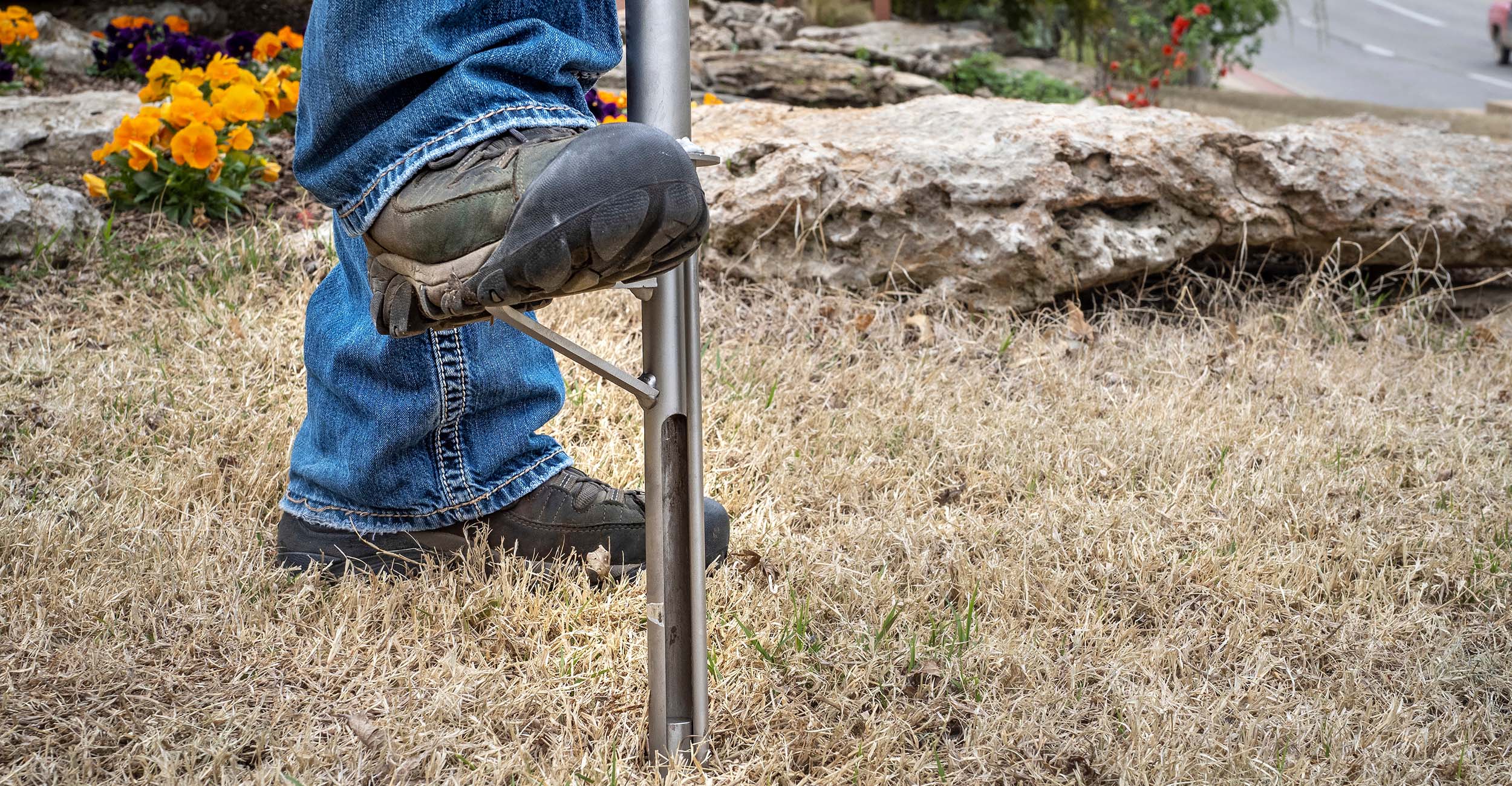
Winter is a great time for garden planning
Thursday, January 20, 2022
Media Contact: Trisha Gedon | Communications Specialist | 405-744-3625 | trisha.gedon@okstate.edu
Although the landscape may be bleak in the winter, now is the time for gardeners — those with established green thumbs and those who are just starting out — to get started on their gardening plans for the upcoming growing season.
Oklahoma State University Extension offers a variety of gardening information online, but there’s one publication that is especially helpful to gardeners — particularly novice gardeners. The Oklahoma Garden Planning Guide is chock full of useful information covering everything from site selection and garden planning to gardening tips and a planting guide.
“If you’re new to gardening and installing your first flower or vegetable beds, or if you’ve moved into a new home and starting the landscape process from scratch, choosing the site for your garden is one of the most important aspects,” said David Hillock, OSU Extension consumer horticulturist.
Successful gardening starts with ensuring the garden beds are located in areas that receive optimal sunlight and have rich, well-drained soil. If possible, place the beds away from established trees and shrubs that will compete with the garden for light, water and nutrients.
While these conditions are ideal, many homeowners are faced with less-than-optimal sites on which to plant their vegetable gardens. However, successful gardening is still possible with proper crop selection. If the site doesn’t drain well or the topsoil layer is too thin or sandy, consider raised bed or container gardening.
Casey Hentges, host of OSU Agriculture’s television program Oklahoma Gardening, said there are a few guidelines gardeners should follow to help ensure success.
“It’s important to test your soil every three to four years. A soil test will give gardeners an analysis of the nutrients that are available in the soil,” she said. “A routine soil test will tell them the levels of nitrogen, phosphorus and potassium, as well as the pH of the soil. This information is important to know before planting, so you can provide plants with the appropriate nutrients going forward.”
In a recent segment of Oklahoma Gardening, Hentges covers the steps of how to take soil samples in the landscape. Samples can be sent to OSU for analysis. Contact the Soil, Water and Forage Analytical Laboratory or your local OSU Extension office for more information.
Some other helpful tips Hentges has for gardeners include:
- Follow directions on fertilizer labels.
- Improve soil by adding organic materials such as yard waste.
- Use plants recommended for your growing zone.
- Use mulch to help conserve moisture and controls weeds.
- Examine the garden regularly to stay ahead of potential problems.
- Use pest control measures only on those insects that are known to be pests.
- Rotate crop family locations each year to avoid insect and disease buildup.
To help ensure successful gardening, Hillock offers this advice regarding mistakes to avoid:
- Planting too closely, which prevents walking or working in the garden and can interfere with normal plant development.
- Spreading fertilizer directly on plant roots, stems or seeds.
- Watering too frequently or excessively so the soil doesn’t have a chance to dry out.
- Allowing weeds to grow large before pulling them.
- Cultivating deeply, which can result in root injury.
- Using chemicals not specifically recommended for garden crops.
- Planting varieties not recommended for your growing zone.
“Although we tend to think of gardening as a spring and summer activity, wintertime is a great time to get your gardening plans in order for the growing season, as well as to do any needed soil amendments,” Hillock said.
